What is a wind mitigation
“What is a wind mitigation?”. As a home inspector that is the question I am asked most of all. The answer is simple, its a report to help the insurance companies determine how “hurricane proof” your home is. People still give me a deer in the headlights look so I usually just tell them “You will save money with one” and usually they opt for one. This isn’t a pass or fail inspection, we are simply looking at a few different areas where you can get discounts. There are 7 areas where you can get discounts. Some of them are worth more than others depending on your location in the state. These are the parts of the home we are looking at when we perform this inspection. Wind Mitigation Sample Report
Area’s we observe during a wind mitigation inspection:
Building Code– What year the home was built. In Orlando, if you have a home built with a permit date after 3/1/2002, you can receive this discount. Insurance companies automatically give most of the discounts if your home was built after this date. The only discount they may not automatically give is for roof shape and opening protection.
Roof Age– If the age of the roof is newer than 3/1/2002 you get a discount. Roofing material was designed to withstand higher wind speeds around this time.
Roof Deck Attachment– When a new roof is put on they now must use 8d nails spaced every 6″. Older roofs used to use 6d nails with wider spacing or staples. We will use metal scanners to test the nail spacing during the inspections.
Roof to Wall Attachment– This is a verification on how the roof framing is attached to the walls. Typically there is a strap that will wrap over the truss or a clip. These straps/clips must have a minimum of 3 nails to receive this discount. If your home has straps/clips but does not meet the nail requirements you can have a contractor add additional nails to meet current standards. Older homes will not have either, and people refer to that as a “Toe Nail” which has no discount. Even homes back in the 50’s had hurricane clips installed!
Roof Shape– This is typically one of the biggest discounts. If you have a roof with a “Hip” shape rather than gable then you can qualify for this discount. We will measure the perimeter of the home and any features that are not Hip features will count against this. As long as there are not more than 10% of these other roof shapes, you will be able to receive this discount.
Secondary Water Resistance– This is a self adhering polymer that is applied directly to the roof deck. In the past this typically was not a big discount so most homeowners would not opt for the extra fee when getting a new roof. However with the rise of insurance across the state over the years you may want to check with your insurance provider. This typically adds a few hundred dollars to the cost of a roof replacement. If you plan on staying in your home a few more years it may pay for itself!
Opening Protection– This is a verification on if your windows, doors, garage doors and skylights meet the current wind pressure requirements. In certain areas of Florida these openings must also be impact resistant. Many people will get all new windows and call about scheduling this inspection. Every single opening in the home must meet this requirement, or they cannot apply any discount. This means that old side door in the garage that came with the house could take away the credit after you had $20,000 worth of new windows installed. Typically impact rated windows will have “laminated” glass on the outside.
Frequently Asked Questions
“So how long does the inspection take?”
A wind mitigation is probably the quickest inspection that we do. On the majority of the homes we will need access to the attic and won’t actually need to come inside the home. We are looking at truss spacing, deck thickness, nail size and spacing, whether there is a SWR installed and what kind of hurricane straps there are in the attic. Then we will get a few photos of the exterior. If you have upgraded windows and doors then we will need to come inside to verify they meet the requirements. We will then complete the report back at the office and have the report sent to you the same day. The typical time at the home is around 20 minutes to gather all of the photos needed.
“I don’t know if I have a permit, can I still get the roof discount?”
Unfortunately that would be up to your insurance provider. A roof was installed around the time of the 2004 hurricanes, and we occasionally encounter this situation. They suspended writing permits during this time because they were replacing a large number of roofs. This was before the wind mitigation form was a thing. We can sometimes use documentation or receipts showing that the item was replaced but no permit to show the insurance. But it’s really up to the insurance whether or not they will take it.
“My house is older so I probably don’t have hurricane straps”.
Hurricane straps are found on houses that were built all the way back to the 1950’s. But just because they are there doesn’t mean you would get the discount. The form states that each strap has to have a minimum of 3 nails. Some older straps only have 2. The straps cannot be installed more than 1/2″ away from the truss, according to the form. A lot of times on older homes the straps were installed very poorly so unfortunately the home would not qualify for this discount. There are however companies out there that can retrofit your home to bring it up to modern standards. Beware of some contractors though as some do not perform these retrofits properly!
“How long do these forms last?”
The form itself is good for 5 years from the day of the initial inspection. So for instance if you change insurance companies in 4 years you can still use the same form. However you do not need to get a new one every 5 years. If you stick with your same insurance company the form will be good for as long as you are with them. It’s only when you shop for new insurance after 5 years that you will need to get an updated form.
“How much does a wind mitigation cost?”
Well it depends. We have heard rates range from $75 to $300. Normally you would think to go for the lowest price to save some money. This is usually one of those cases where you do get what you pay for. The inexperienced inspector usually does not fill out the form properly. These are usually the $75 guys. The state requires a certain amount of continuing education with wind mitigation’s every few years to keep our license. Inspectors who are not properly trained will not give a house the “Hip roof” credit due to measuring the perimeter wrong. This could cost a homeowner many times what the inspection cost. Lets say the credit was worth $400 a year. Multiply that by 5 and they could have cost you $2000 over the course that the form is valid for!
“Is this the same as a 4 point?”
A 4 point inspection is another insurance inspection like the wind mitigation. These are different inspections though. A wind mitigation is solely to try and reduce your insurance cost. A 4 point is a report that covers the roof, plumbing, electrical & hvac. With those reports the insurance is wanting to know the overall condition of those items. Be sure to ask your agent which reports they need as we offer a discount when you perform both at the same time.
“Why didn’t my roofer give me this form when they put a new roof on?”
Technically a roofer can fill out this form if they are a roofing contractor. However most of the time the person at your home putting on the roof is NOT a contractor. 1st- They are the crew that works under the license of the contractor of the company. 2nd- The roof portion is only part of a wind mitigation form so I wouldn’t want a roofer to fill out this form. Their job is to sell and install shingles……period. They aren’t going to take the time to learn about impact windows, hurricane straps, roof shape and whether or not the house meets those requirements.
“I just got new windows, can I get a discount?”
The answer is possibly but doubtful. According to the form we go by what the “weakest” opening is. So if you got all new windows and still have the same old sliding glass doors then you would not get the discount. Some companies will sell windows stating they are hurricane proof to make them sound good. They may be wind rated but that does not mean they are impact rated. Most impact rated windows will have “Laminated” glass on the outside rather than the more common “Tempered” glass. Laminated glass is made with a PVB(polyvinyl butyral) layer sandwiched between two panes of glass. This will break but not allow an object to break through. Tempered glass is made to shatter into very small pieces. Tempered vs Laminate Glass
“What areas on the form offer the biggest discounts?”
Typically the largest discounts on the wind mitigation form are if your home meets the 2001 FBC, roof shape, roof age and whether or not you have hurricane straps. Now these may differ depending on what part of the state you are in. Most homes here in Orlando do not qualify for the opening protection discount. Normally it would take decades to make your money back on that if you were to bring a home up to spec to get the discount. If you lived in or around Miami that may be a different. That is a question you would want to ask your insurance provider. Although all insurance companies differ in prices and discounts, this website is a useful tool to help you see the cost savings a wind mitigation inspection can give you. https://apps.floridadisaster.org/wisc/.
“I have spray foam insulation in my attic, will this be an issue?”
Spray foam is a great way to insulate your home and save money on your energy costs! But unfortunately this will pose an issue when performing the wind mitigation inspection. As a home owner you have the option of not removing any of the foam but then you would miss out on the discount for the roof to wall connection(hurricane strap) and nailing discount. You can still get other discount such as roof age, shape and opening protection. Another option would be to remove a small portion of the foam so we can confirm the nail size and spacing and another portion where the hurricane straps are. Being that spay foam is designed to seal the attic space, one would then need to contact the company who installed it and have them fill in these gaps. The homeowner would need to remove these portions themselves or give us permission to.
“The builder said I have a secondary water barrier installed, do I?”
We have heard this from homeowners before when they wondered why they did not get the discount on the form. A secondary water barrier is a self-adhering polymer modified-bitumen roofing underlayment applied directly to the sheathing. Basically it’s a peel & stick material that seals up the seams of the roof sheathing. SWR is not the typical synthetic or paper underlayment that goes under your shingles though. Building codes have recently changed. Underlayment must now be overlapped, this does not count towards the SWR credit on the wind mitigation form.
“What is a wind mitigation again?”
Seriously? If you read this whole article you should be a wind mitigation pro by now!
We hope this article was helpful and now you don’t have to ask what is a wind mitigation inspection any longer. If you would like to book your next inspection with us you can book your wind mitigation here.
Wind Mitigation Gallery
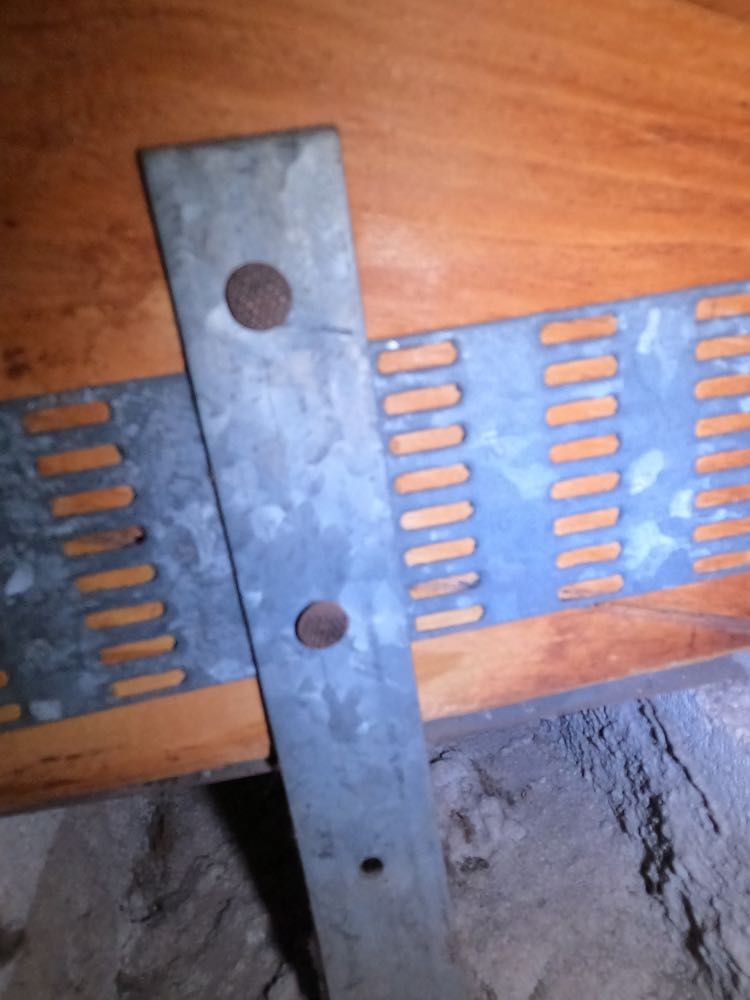
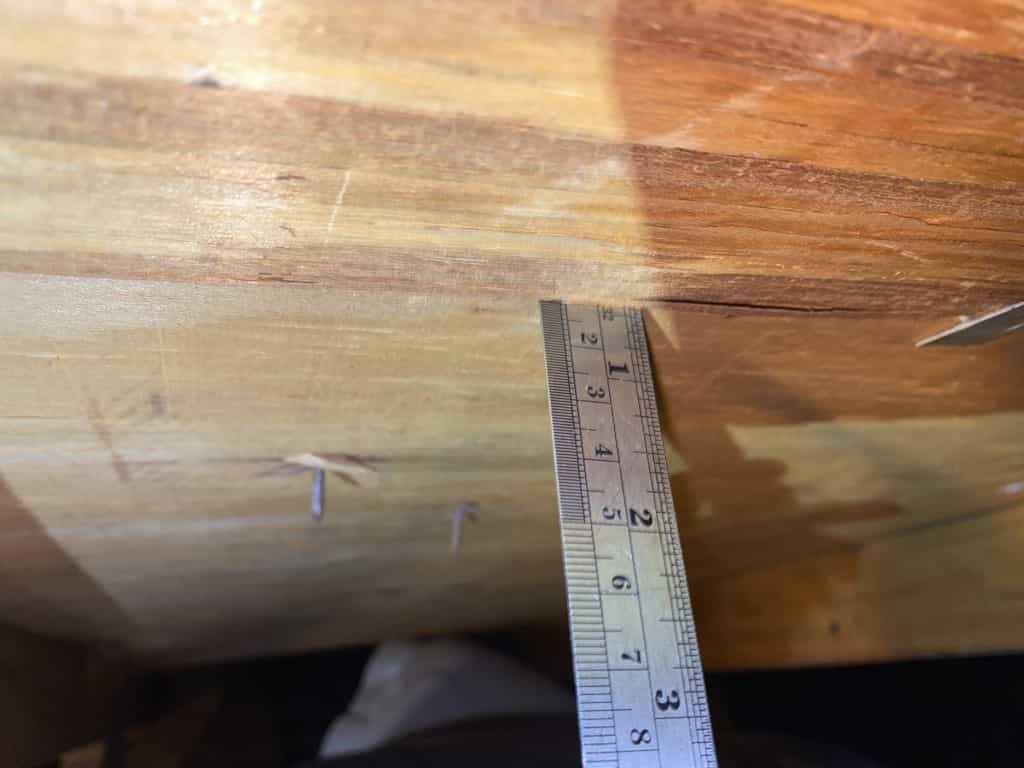
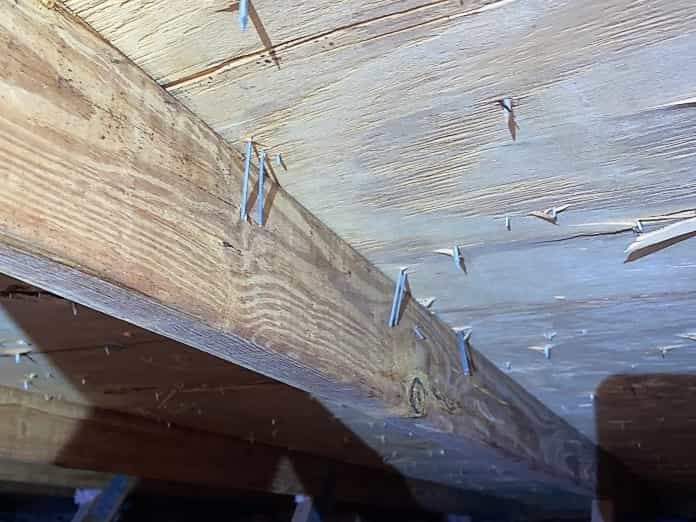
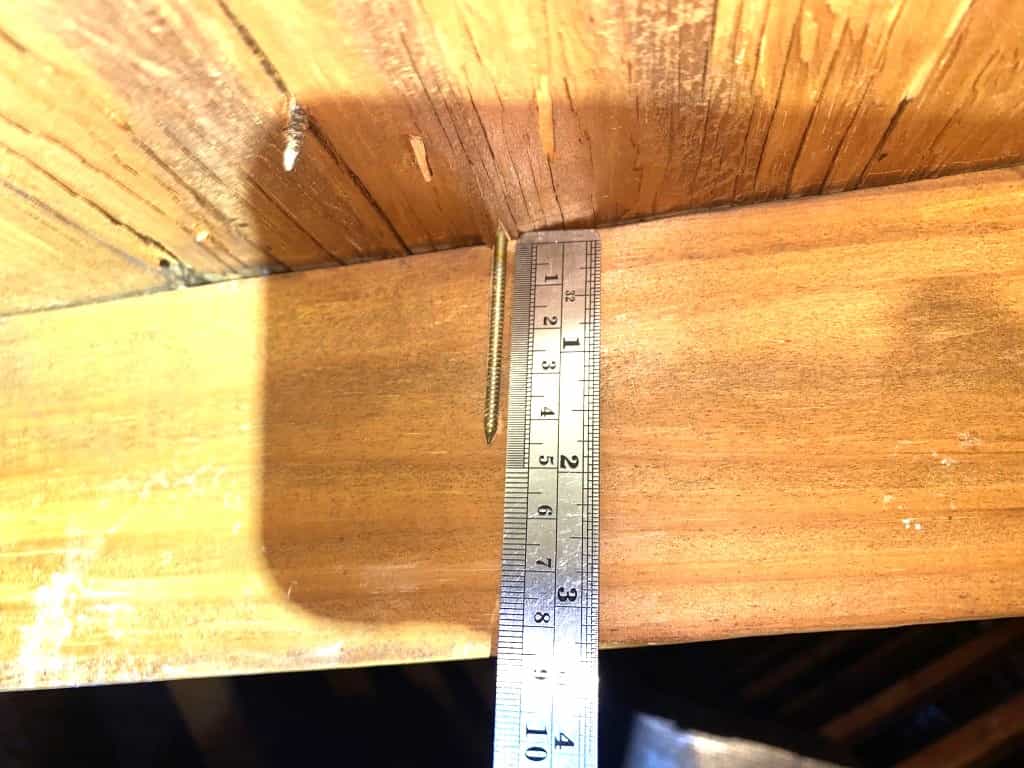
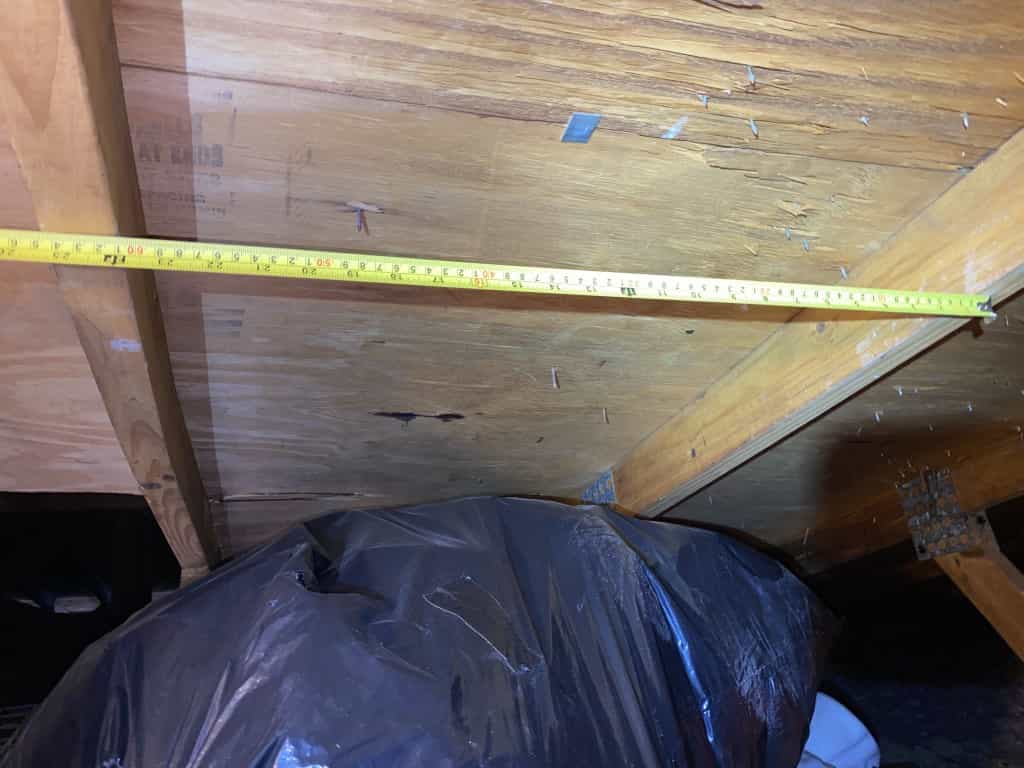
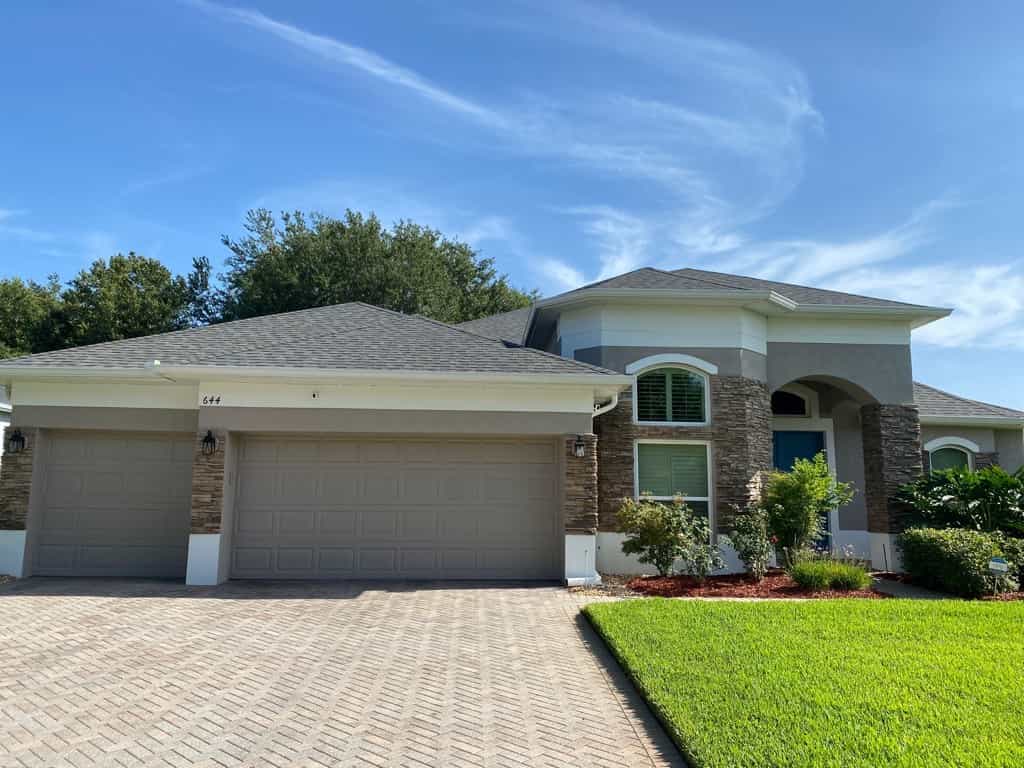
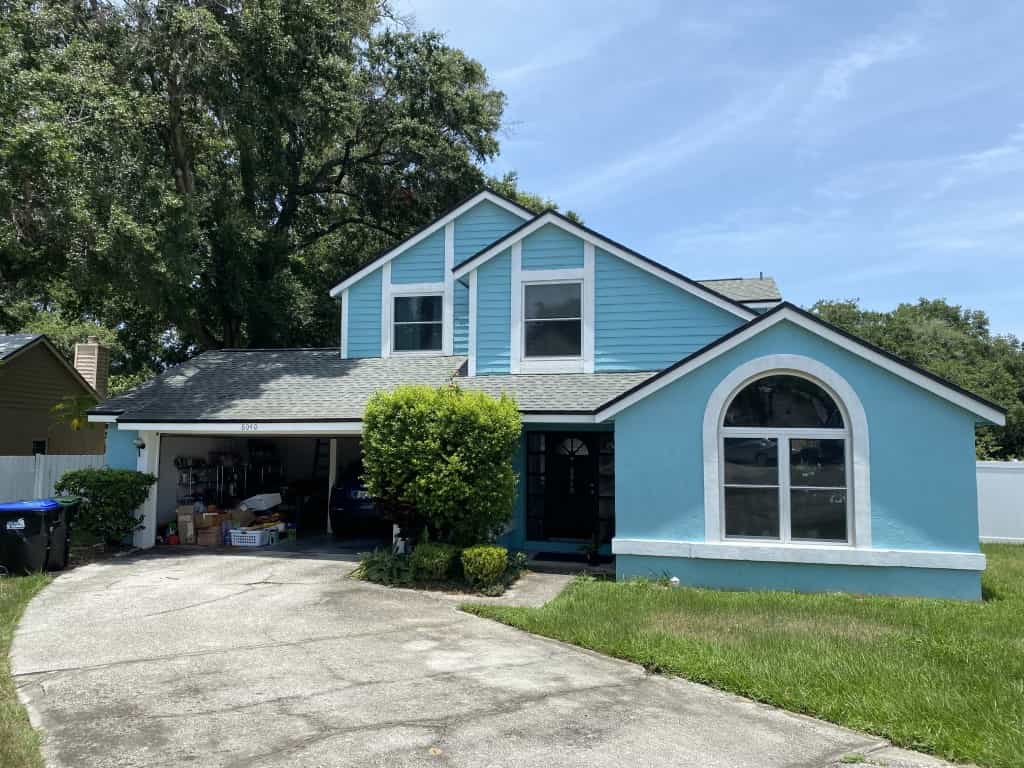
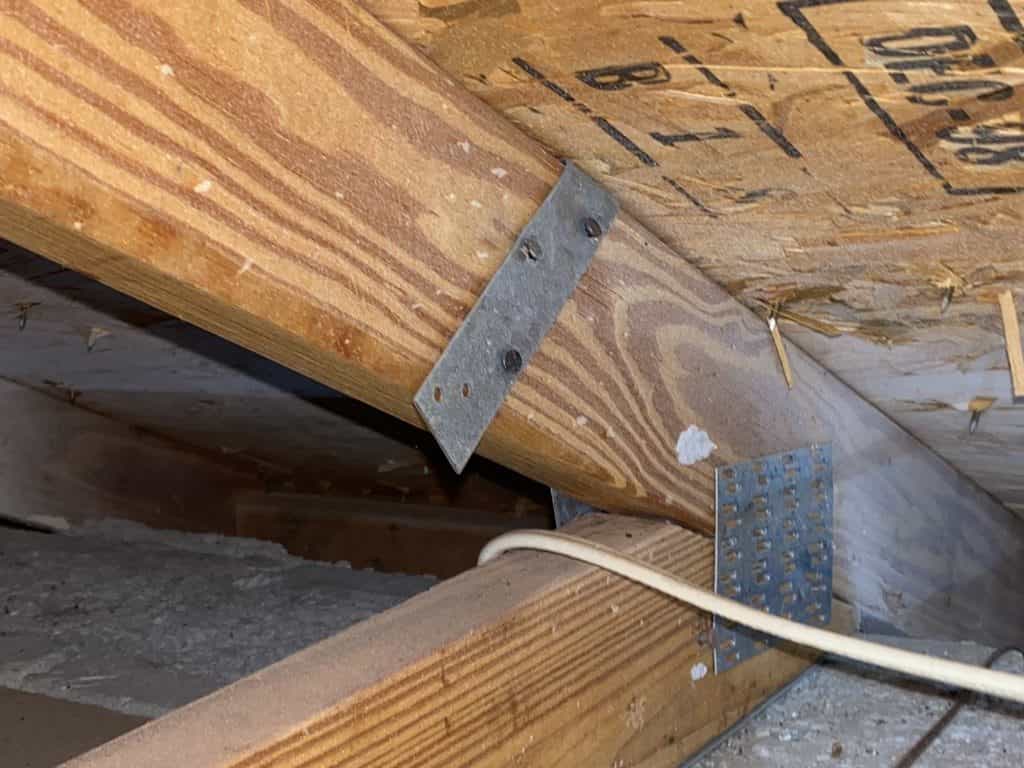
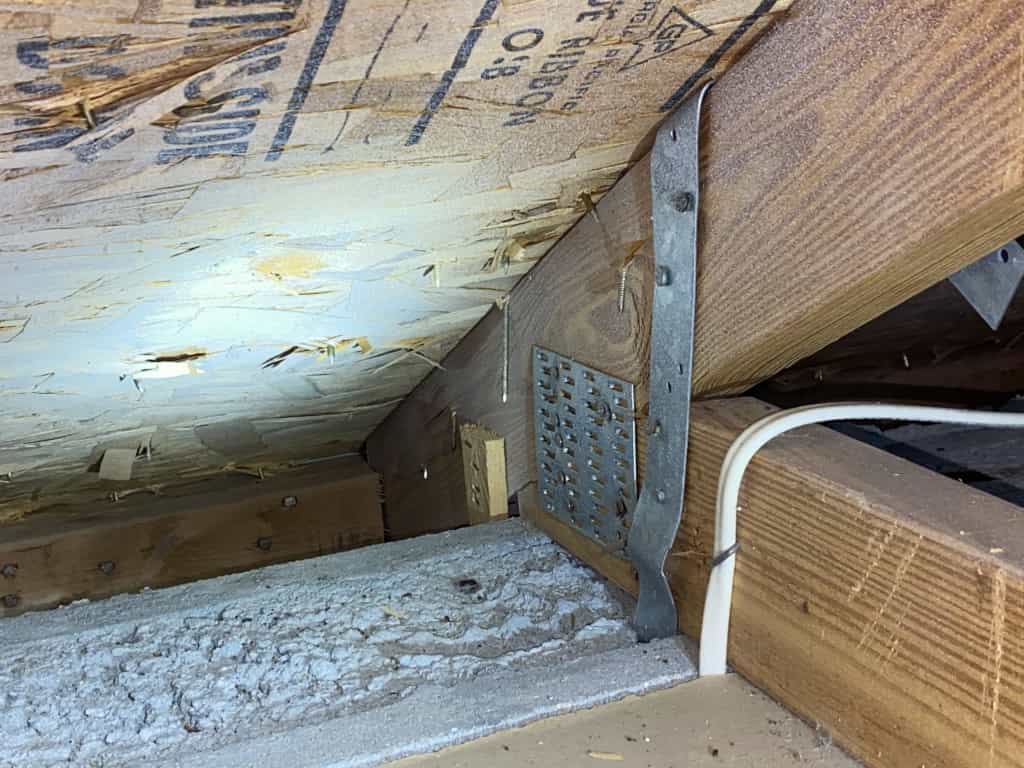
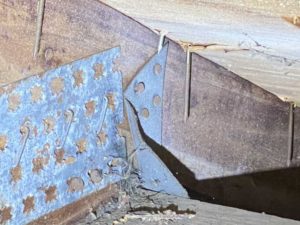

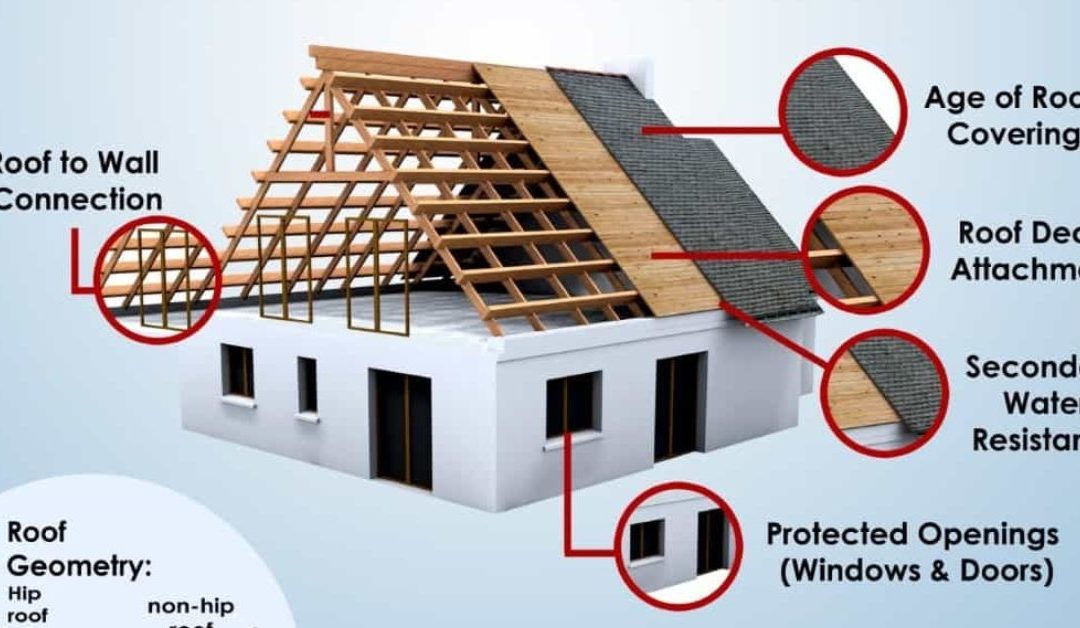
Great information, thank you!